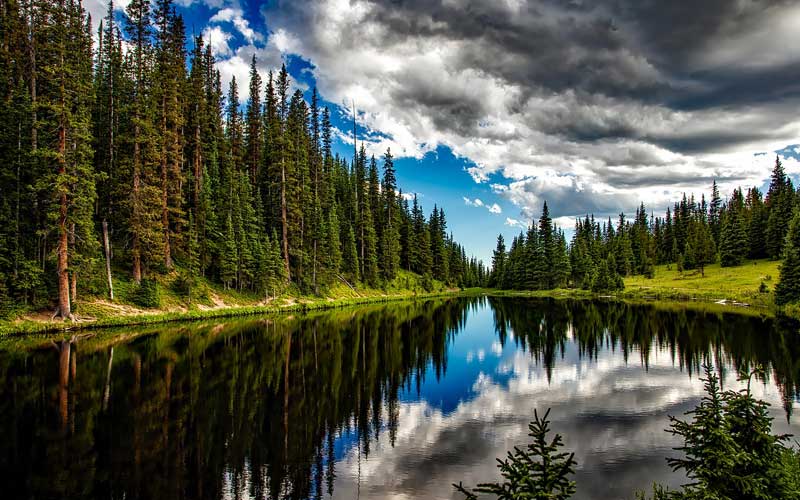What is climate?
The climate is a concept used by most people, but its definition is not always well known. In simple terms, the climate is the average weather conditions of an area during a long time, which are the result of several factors present in that zone. The climate varies from one region to another but must follow a fairly consistent pattern.
According to the Intergovernmental Panel on Climate Change, the climate is the statistical description of the mean and variability of the weather over a span of time ranging from months to thousands or even millions of years. All this means, the average weather during a long time.
The UK Meteorological Office’s glossary mentions that the climate of a locality is the synthesis of the values of the day-to-day weather elements affecting that place. The word climate comes from the Greek word "klima" which means “area.”
The climate factors measured are rainfall, maximum, and minimum temperatures during a season, humidity, sunshine time, and so on.
What factors influence climate?
Latitude, altitude, topography, water bodies and other factors determine the climate of a geographic region. The angle of the sun's rays, for example, affects how warm the environment is. People living in the tropics knows that certain days of the year the sun is positioned directly above his head at noon, causing a hot climate with small temperature changes between summer and winter.
The UK Meteorological Office lists the following influence factors of the climate of a zone: altitude, prevailing wind, distance from the sea, oceanic currents, topography, vegetation, and type of area (urban or rural).
What are the elements of climate?
Various elements make up the climate of a region, but the following are the most common:
Temperature
.
Temperature is the amount of heat energy that is in the air. Its measure unit is Celsius degrees or Fahrenheit degrees in some countries. Heat is the energy radiated from the Sun to the Earth in the form of light. Clouds, water vapor, and atmospheric dust deflect about half of the solar energy back into space, while the rest is absorbed by the soil and water and becomes heat.
The temperature is characterized by its variation during a day due to Earth’s rotation and during the annual seasons due to the translational motion of the Earth around the sun.
Precipitation.
It is a process that ends with the fall of water, in liquid or solid form, to the earth’s surface. A large percentage of rainfall drains into lakes and rivers while the rest evaporates from the earth’s surface or passes through plants. The latter process is known as evapotranspiration and is part of the water cycle.
Humidity
.
It is the water vapor contained in the air. Its amount varies according to to the amount of rainfall and solar radiation in a zone.
Water vapor is present in any region of the world, even the hottest ones. As the temperature increases, so does the possibility of having water vapor.
Atmospheric pressure.
It is the force exerted on a given surface due to the weight of the atmosphere. It varies vertically; the values decrease as you ascend in altitude.
Cloudiness.
The number of clouds in the atmosphere is also an element of climate. Clouds form when humid air cools down to its dew point, and water droplets or ice attach to small particles of dust, ash, or other contaminants.
Wind.
The Wind is the moving air. It causes variations in climate by drying humidity, causing storms, and contributing to water evaporation.
Solar radiation.
Although it is an unseen element, it significantly impacts climate by providing heat. The amount of sunlight the ground receives is called insolation.
Quick Facts.
Estimations determine that the average surface air temperature will increase between 1.4°C and 5.8°C by 2100.
Rainfall and water vapor are also expected to increase along with this warming.





